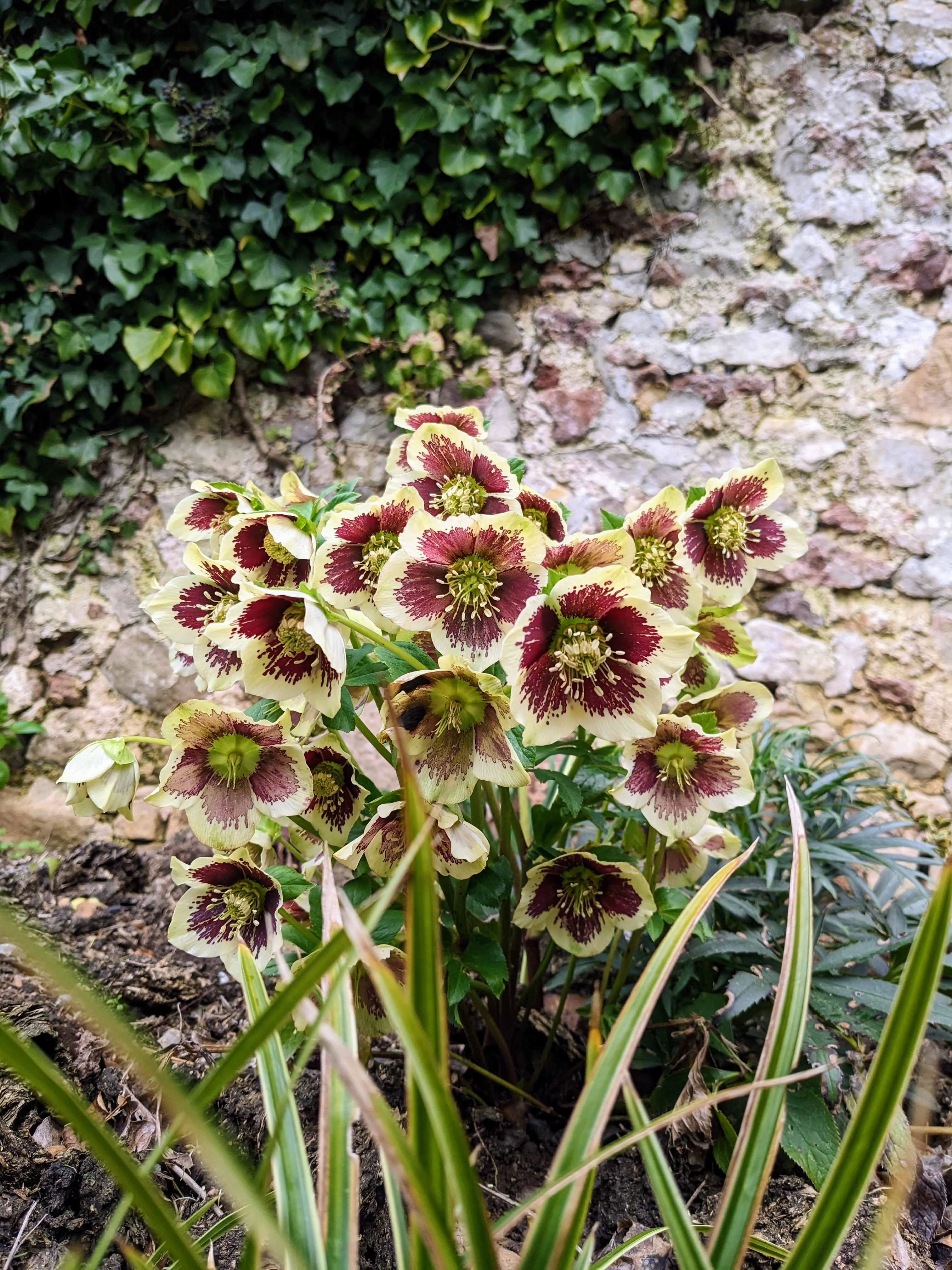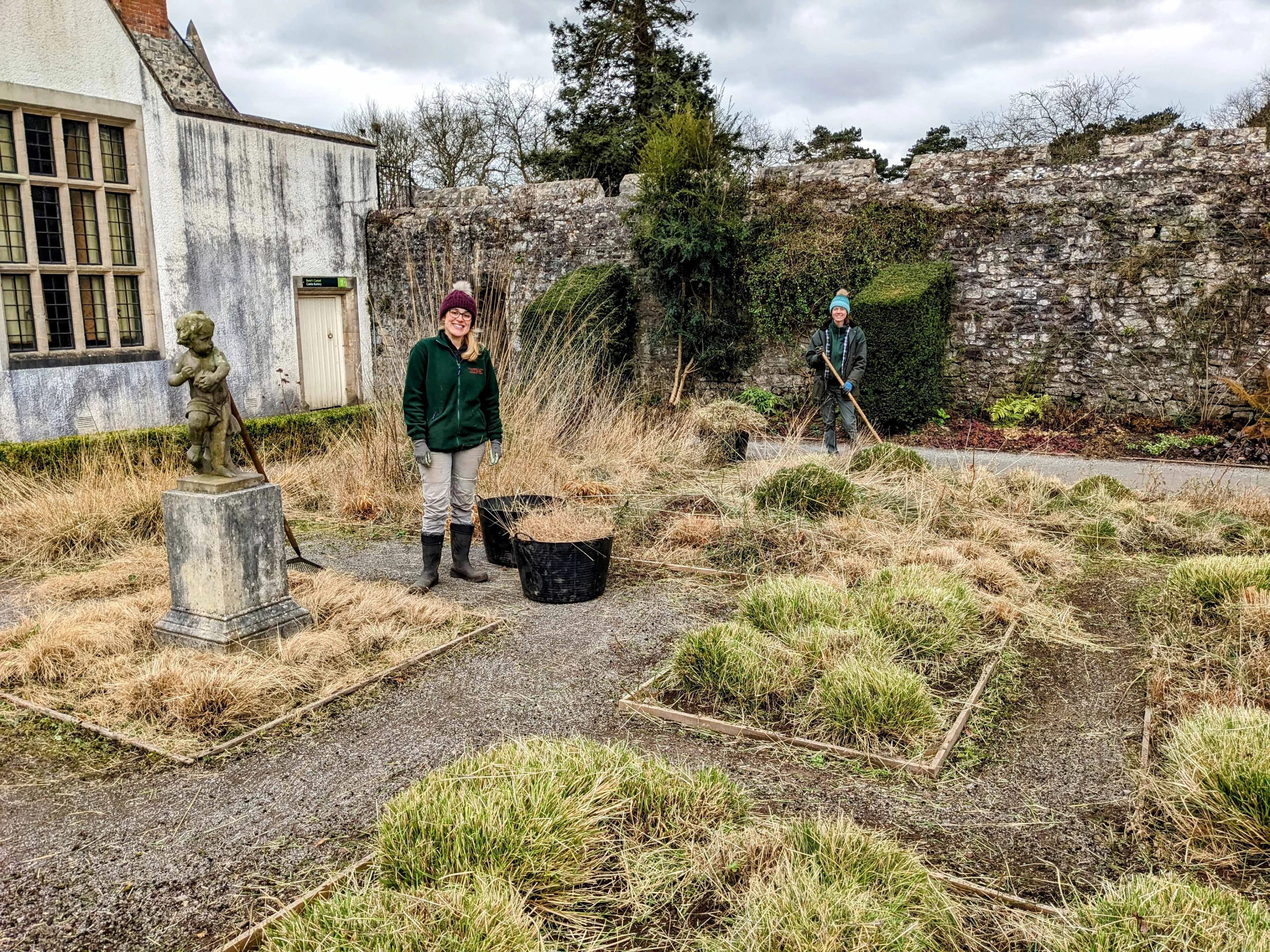Spring in St Fagans gardens
, 5 March 2023
As spring draws nearer, each day tells a new story in the garden. The snowdrops gracefully bow out and make way for the colourful crocuses, primroses and daffodils. The hellebores have arrived too, with their glorious cup shaped flowers and intricate petal patterns. They provide a much-needed burst of colour and glow - even on the greyest of spring days.
As is usual at this time of year, the gardeners of St Fagans have been hard at work planning new borders and preparing the grounds for the new season. This year, however, the looming threat of climate change and the pressing issues of water scarcity have pushed the team to explore innovative ways of designing water-efficient gardens that can flourish in even the driest conditions.
One such creative solution we’ve developed is the "silver border," which will be a unique garden area that will showcase plants with silvery or grey foliage that have evolved to naturally thrive in drought-prone environments. This light leaf colouration effectively reflects the intense sunlight, shielding the plant from its harmful effects. Some of these resilient plants also feature a fine layer of hairs on their leaves or stems, which trap moisture around the plant tissues, helping them survive drier climates. The silver border will not only serve as a practical water conservation method but will also add a visually striking and unique element to the garden.
Another recent project of ours is the wildlife shrub border, which can be found on route to the Italian Garden. The concept behind this shrub border is to provide a thriving habitat for a wide range of wildlife. Once established, the border will help to serve as shelter and protection for birds, insects and mammals. We’ve chosen shrubs, such as Sambucus nigra, Holodiscus discolor and Viburnum opulus that have nectar rich flowers which will support pollinators. Additionally, as the shrubs mature, they will provide a valuable source of food for wildlife in the form of seeds and berries.
You may notice that the Dutch garden near the Castle undergoes a drastic transformation each spring as the ornamental grasses and perennials are cut back hard before the new growth begins. During the winter season, we opt to leave the seed pods and stems intact as they provide a great habitat for wildlife and serve as essential elements of the garden's structure; offering a range of captivating textures and seasonal colours. We have been working hard to remove all the old growth and stems from the previous year, which will encourage healthy new growth from the base of the plants. This year we decided to reuse the waste grass clippings as a mulch on the pumpkin bed, this will help suppress the weeds and conserve moisture in the ground.
As we move forward, it is imperative to consider how we can practice gardening in harmony with nature. Gardening involves striving to achieve a balance that results in creating spaces that are not only visually appealing but also encompass complex, sustainable systems beneath the surface.





